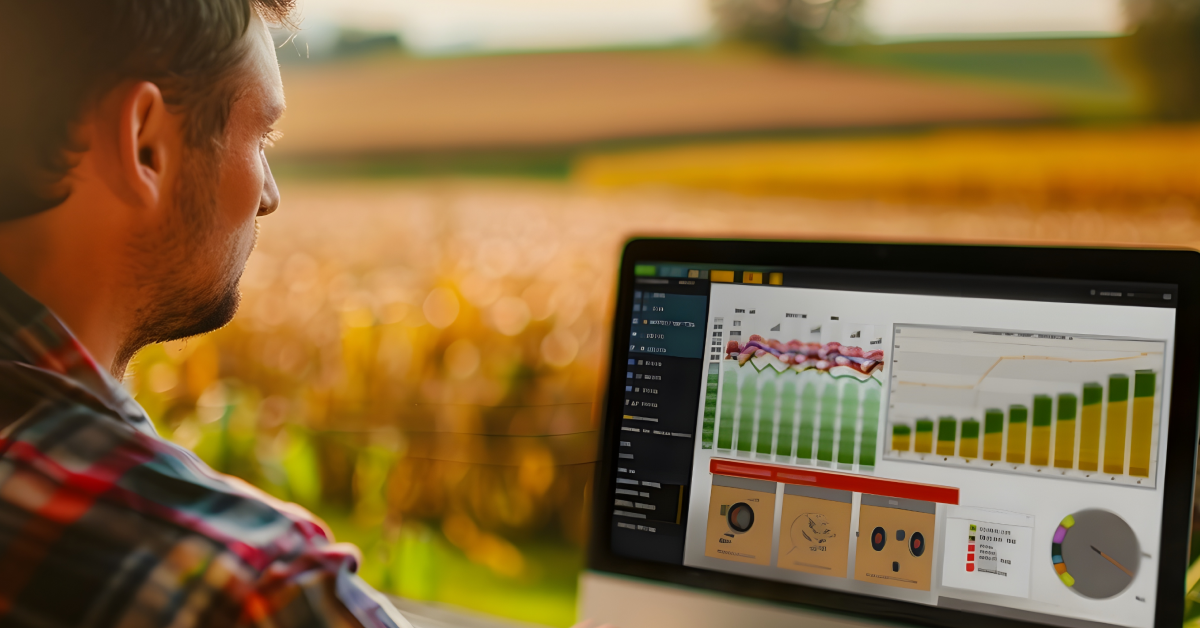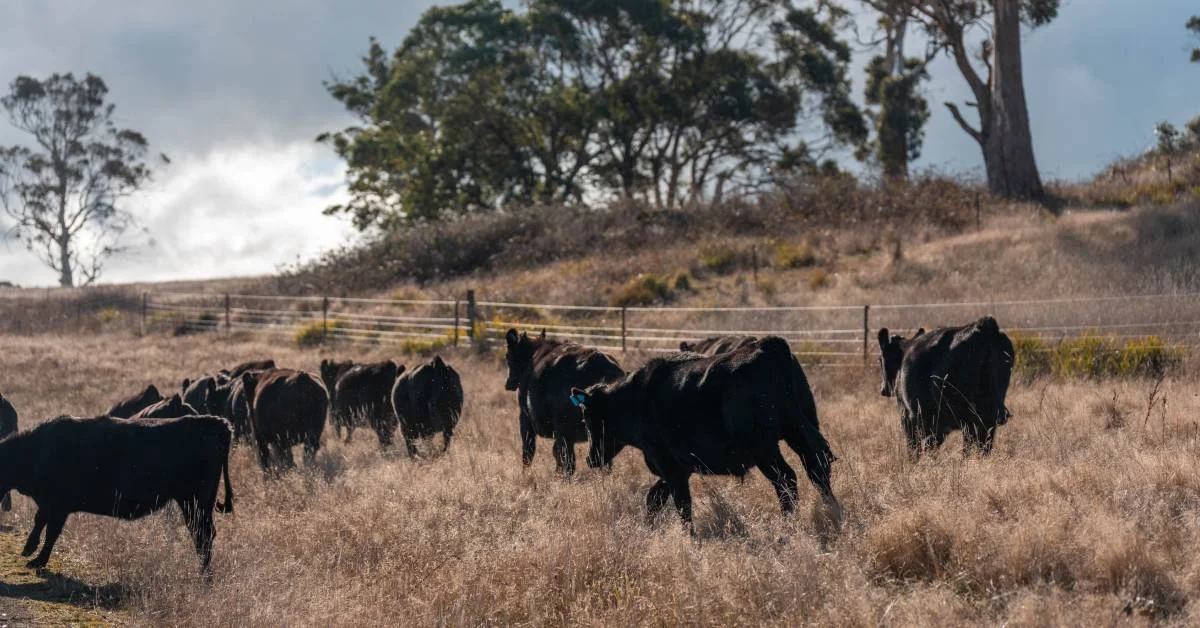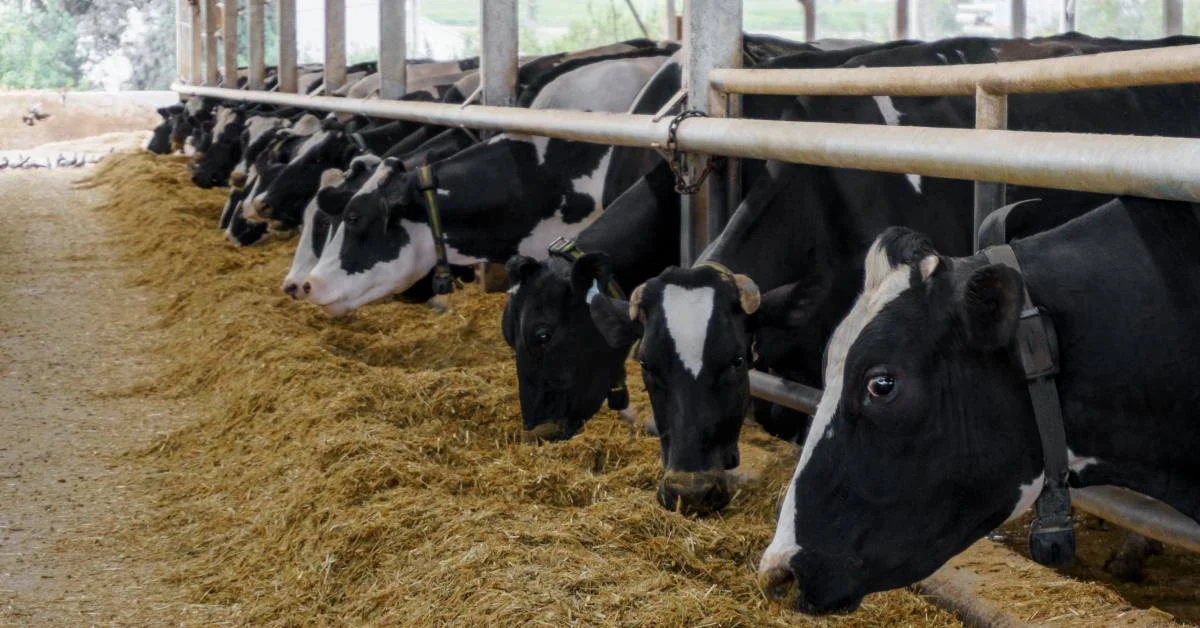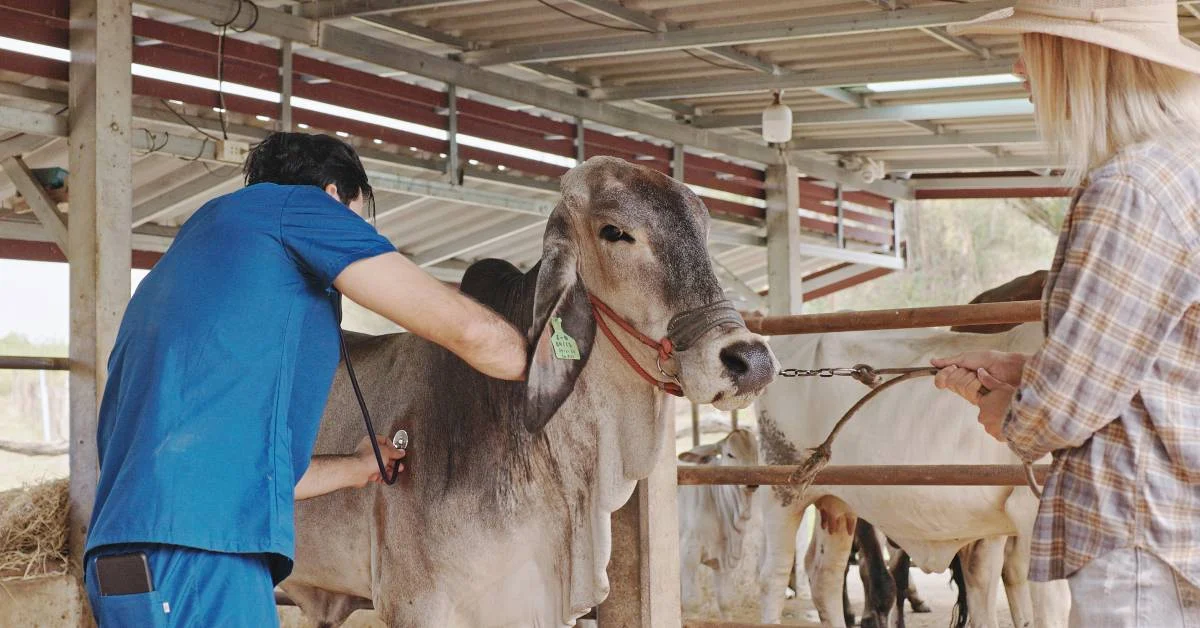In today’s rapidly evolving agricultural landscape, the key to sustainable growth lies in harnessing the power of data. Business intelligence dashboard in agriculture plays a crucial role in this transformation, offering farmers the tools to manage and interpret the vast amounts of data generated by modern agricultural practices.
Business intelligence dashboard in agriculture allows farmers to access real-time, actionable insights, helping them make informed decisions to enhance productivity, improve resource utilization, and reduce risks. They are a central hub for visualizing and analyzing critical farming data.
From crop yields to livestock health, these platforms simplify complex data sets, enabling farmers to monitor every aspect of their operations. When integrating with farm management software, the Business intelligence dashboard in agriculture provides a complete overview, helping farms of all sizes optimize performance and improve efficiency.
Importance of Data in Modern Agriculture
Data is the new soil in agriculture. Technological advancements such as sensors, drones, and IoT devices generate vast data daily. This data includes soil health, weather conditions, irrigation levels, crop growth, and machinery performance. However, the challenge lies in managing and analyzing this data efficiently.
This is where BI tools come into play. They allow farmers to collect, organize, and interpret large datasets, transforming raw information into actionable insights. Instead of relying on intuition or outdated practices, farmers can now make data-driven decisions tailored to their farm’s unique needs.
Key Features of Business Intelligence Dashboard in Agriculture
A powerful Business intelligence dashboard in agriculture comes with several key features that enable farmers to stay ahead of challenges:
- Real-Time Data Updates: A business intelligence dashboard in agriculture offers up-to-the-minute insights into crop conditions, weather patterns, and machinery performance. This helps farmers respond swiftly to environmental changes and optimize operations accordingly. So, with business intelligence services, farmers can make better-informed decisions that drive efficiency.
- Customizable Data Visualization: Farmers can visualize data in various formats, such as graphs, heat maps, and charts. This makes it easy to spot trends and patterns, which can be critical for effective decision-making.
- Automated Reports: With automated reporting, farmers save time on manual data entry and focus on strategic planning. Reports can be scheduled to deliver insights on crop yields, animal health, and more.
- Integration with Farm Management Software: BI dashboards integrate seamlessly with farm management systems. Whether monitoring crop rotation, livestock feed, or machinery maintenance, these tools provide a unified platform for managing all aspects of farming.
Real-Life Applications of BI Dashboards in Agriculture
BI dashboards make a tangible difference in agriculture, helping farmers optimize crop yields, streamline livestock management, and improve supply chain efficiency. Here are some real-world applications of BI dashboards in different agricultural sectors:
Optimizing Crop Yields
Farms are now utilizing BI dashboards to analyze various factors influencing crop production. When examining soil data, weather forecasts, and historical yield data, farmers can determine the optimal planting and harvesting times.
For example, BI tools enable farmers to adjust irrigation schedules based on real-time soil moisture levels, reducing water waste while ensuring crops receive adequate hydration.
Livestock Management
Livestock management has become increasingly data-driven, with BI dashboards tracking essential metrics such as animal health, feed consumption, and breeding cycles.
A cattle ranch farmer can use BI dashboards to monitor cattle health in real time, ensuring early detection of disease or irregularities in feed intake. This not only improves animal welfare but also boosts overall productivity and profitability.
Supply Chain Management
Agricultural supply chains can be complex and involve various stakeholders, from farmers to distributors. BI dashboards streamline the supply chain by providing real-time insights into every process stage.
From tracking the movement of produce to monitoring distribution schedules, these tools ensure that products reach the market faster and with fewer disruptions.
Benefits of Implementing Business Intelligence Dashboard in Agriculture
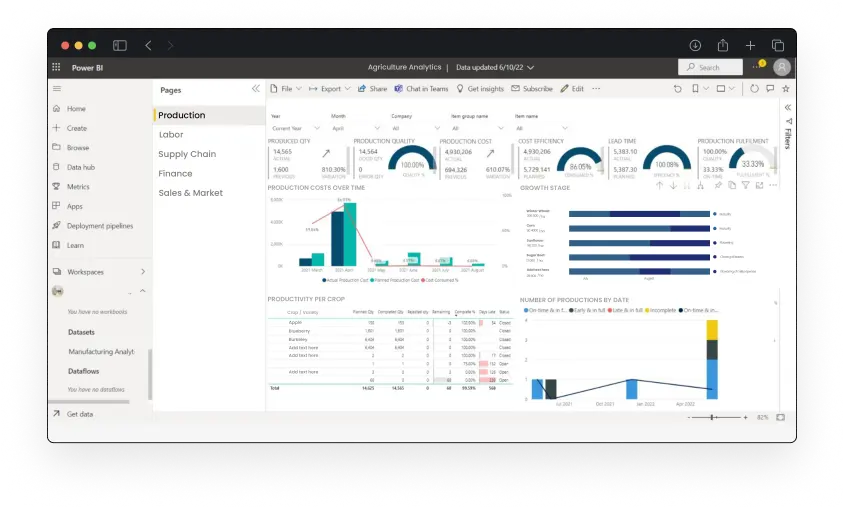
The adoption of a BI in agriculture offers several transformative benefits for agricultural businesses:
- Increased Productivity: Business intelligence dashboard in agriculture enhance productivity by integrating real-time data to optimize operations such as irrigation, fertilization, and machinery usage. For example, farmers can use sensor data to adjust watering schedules, ensuring crops are adequately irrigated without wasting resources.
- Cost Optimization: Farmers can identify inefficiencies and cut costs by closely monitoring resource usage. BI dashboards help track input costs like fertilizers, seeds, and machinery, allowing for more effective budgeting.
- Data-Driven Decision-Making: With access to real-time data, farm managers can make better decisions regarding planting, harvesting, and resource allocation. This minimizes risks and increases operational efficiency.
- Forecasting and Predictive Analytics: BI dashboards can analyze historical data to forecast crop yields, weather patterns, and resource needs. This predictive capability helps farmers plan and ensure they have the resources required for future operations.
- Better Collaboration: BI dashboards present complex data visually, making it easier for teams and stakeholders to understand and collaborate. Visual dashboards simplify sharing important insights, whether communicating with field workers or investors.
Challenges in Implementing Business Intelligence in Agriculture
While business intelligence dashboard in agriculture offers significant benefits, their implementation can be challenging. Some of the common barriers include:
1. High Costs
The initial investment in BI tools and associated infrastructure can be expensive, particularly for smaller farms.
Solution
Farmers can explore government subsidies, grants, or loan programs to mitigate these costs and support technology adoption in agriculture. Additionally, some business intelligence dashboards in agriculture providers offer scalable pricing models that allow farms to start with basic functionality and expand as they grow, making the technology more accessible.
2. Lack of Technical Knowledge
Farmers may need more technical expertise to fully utilize BI tools, making training and support essential for successful adoption.
Solution
Training and educational programs are critical to overcoming this challenge. BI software providers, agricultural associations, and government initiatives can offer workshops, tutorials, and hands-on training to familiarize farmers with the tools and how to use them effectively.
3. Data Integration Issues
Integrating this data into a single platform can be complex with multiple data sources, such as IoT devices, sensors, and farm data management systems.
Solution
Developing APIs (Application Programming Interfaces) and middleware solutions can help integrate diverse data sources into a single platform. Farmers should choose BI solutions that offer robust integration capabilities and are compatible with their existing systems. Engaging with vendors specializing in agricultural BI tools can also ease the integration process.
4. Resistance to Technology
Some farmers may hesitate to adopt new technologies, mainly if they’ve relied on traditional farming practices for generations.
Solution
To overcome this resistance, it’s essential to emphasize the tangible benefits of BI dashboards, such as increased productivity, cost savings, and more precise decision-making. Demonstrating real-world case studies where BI has positively impacted farms can help build trust in the technology.
Future Trends of Business Intelligence in Agriculture
The future of BI in agriculture looks promising, with emerging technologies set to revolutionize the sector further:
AI-Driven Insights
Integrating AI into the business intelligence dashboard in agriculture will enable even deeper insights. Predictive analytics will offer more accurate forecasts for crop yields, resource management, and market demand, reducing risks and maximizing profitability.
According to a report by McKinsey, AI technologies in agriculture could lead to a potential increase in annual productivity growth of 1.5% to 2.5%. This growth is driven by AI’s ability to provide data-driven recommendations that reduce input waste, optimize field activities, and enhance crop resilience to climate change.
For example, an AI-enabled business intelligence dashboard in agriculture can analyze historical climate data and predict adverse weather conditions, allowing farmers to take preemptive actions, thereby reducing crop loss.
IoT Integration
As the Internet of Things (IoT) grows, more data will be available for analysis. The business intelligence dashboard in agriculture will make sense of this data, helping farmers make more innovative, precise decisions. IoT Analytics predicts that the global agricultural IoT market will grow at a CAGR of 15.2%, reaching $30.0 billion by 2027.
Blockchain Integration
Blockchain technology offers significant potential to improve transparency, accountability, and traceability in agricultural supply chains. When integrated with BI dashboards, blockchain in agriculture enables farmers and stakeholders to track the entire lifecycle of farm products, from production to distribution.
Each stage of the food supply chain can be recorded on a secure, decentralized ledger, ensuring transparency in every transaction and process. This transparency helps address critical issues such as food fraud, contamination, and ethical sourcing.
Improved Mobile Solutions
Mobile-based business intelligence dashboard in agriculture are becoming increasingly prevalent, offering farmers unprecedented flexibility in managing their operations. With mobile access, farmers can monitor real-time data, review reports, and make critical decisions from anywhere, whether in the field or moving.
The Agricultural 5G Report from GSMA Intelligence forecasts that adopting 5G-enabled mobile solutions could increase farm productivity by up to 30% by 2030, providing faster and more reliable data connections for intelligent farming applications.
How to Choose the Right BI Dashboard Solution for Your Farm?
Selecting the right business intelligence dashboard in agriculture is crucial for maximizing its benefits. Here are a few factors farmers should consider:
- Evaluate Your Data Needs: Assess what kind of data you generate and what insights are most important for your farm, whether it’s crop data, livestock metrics, or supply chain information.
- Customization and Scalability: Choose a solution tailored to your specific needs, that is scalable as your farm grows.
- Folio3 AgTech BI Solutions: Folio3 AgTech offers comprehensive BI dashboard solutions tailored to the agricultural sector. Our solutions are designed to help farmers manage their data more effectively, ensuring optimized operations and improved productivity, you can explore Folio3 AgTech BI solutions to find out more.
Conclusion
Business intelligence dashboard in agriculture can transform the agricultural industry by providing farmers with powerful tools to collect, analyze, and act on data. With real-time insights, predictive analytics, and enhanced collaboration, these dashboards enable farms to operate more efficiently and sustainably.
As technology advances, BI’s future in agriculture holds immense potential for even more significant innovations. However, to navigate the complexities of implementing and optimizing BI dashboards in agriculture, consider partnering with Folio3 AgTech. Our tailored BI solutions are designed to meet the unique needs of the agricultural sector, helping you harness the full potential of your data.
FAQs
How Does a Business Intelligence Dashboard in Agriculture Help With Decision-Making?
BI dashboards provide real-time data and visual insights that help farmers make informed, data-driven decisions about crop planting, livestock management, and resource allocation.
Can Small Farms Benefit from Business Intelligence Dashboard in Agriculture?
Even small farms can benefit from BI dashboards by optimizing operations, improving productivity, and reducing costs.
What is the Future of the Business Intelligence Dashboard in Agriculture?
The future of BI in agriculture includes greater integration with AI, IoT, and blockchain technologies, which will provide even more powerful tools for managing farm operations.

